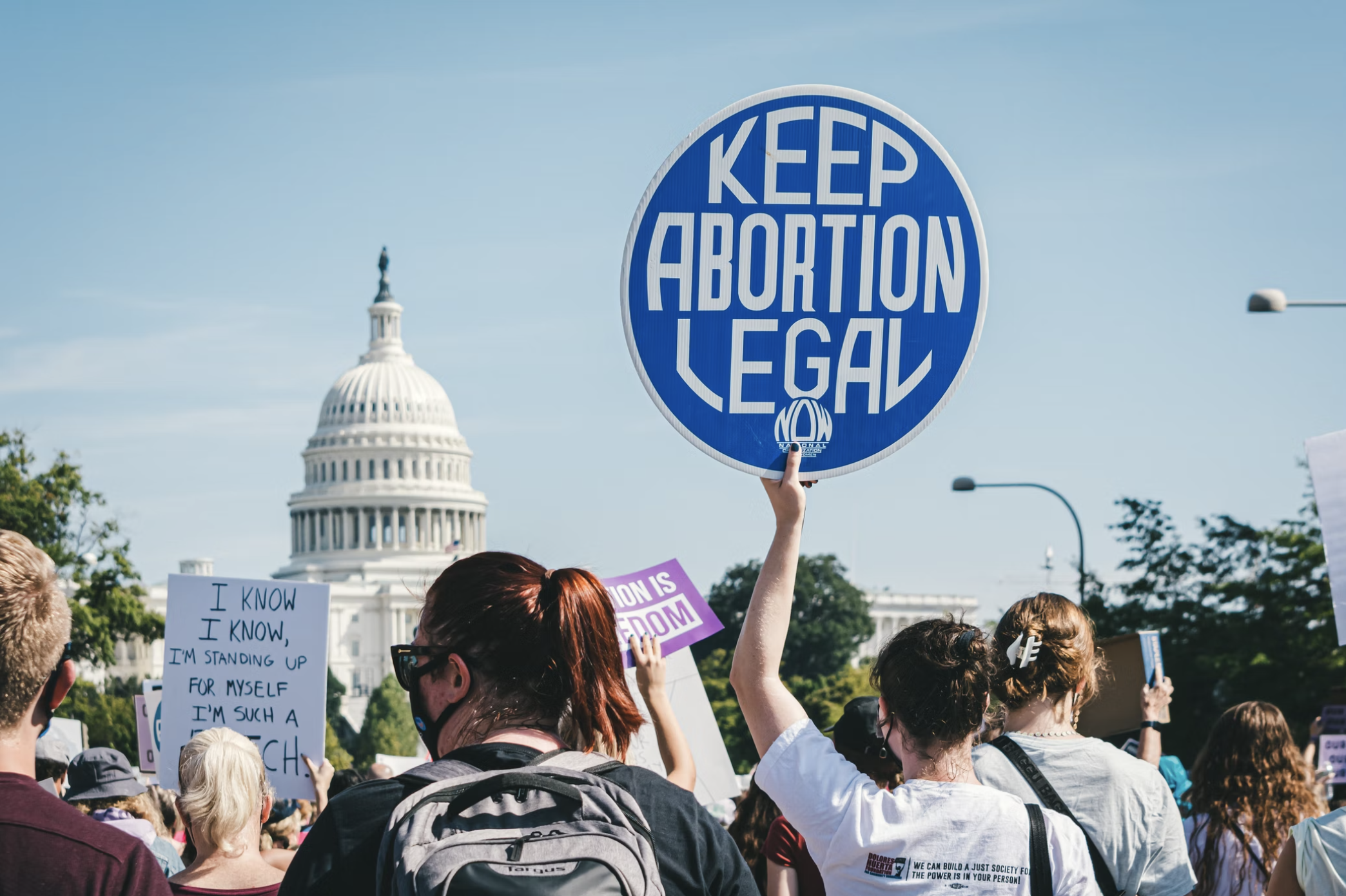The Supreme Court is making an extreme move to overturn its landmark decision in Roe v. Wade. If the ruling from the draft leaked to Politco stands, the nearly 50-year federal protection of abortion rights will end, allowing individual states to restrict or ban abortion altogether. Protests and demonstrations are already being held in several parts of the country, including the Massachusetts State House.
Outlawing abortion on the federal level will not stop the practice. Throughout U.S. history, we have seen the impact of the restriction or complete outlawing of abortion in various places. At Cook County Hospital in Chicago, for instance, more than 4,000 women were treated due to botched abortions during the early ‘60s. The general trend has been that banning abortion did not get rid of abortion anymore than Prohibtion stopped Americans from drinking at their local speakeasies. Striking down Roe v. Wade, far from stopping abortions, will only minimize the number of safe abortions and dramatically increase dangerous procedures.
Before Roe v. Wade nationally recognized abortion rights, “back alley abortions” were a major cause of premature death in the United States. A back ally abortion is an illegal and dangerous procedure to end a pregnancy. The abortion is done by using coat-hangers, chemicals and supervised by those not medically trained for the operation. By the late ‘60s, back alley procedures accounted for 17 percent of all deaths related to pregnancy and childbirth in the U.S. There lies so much trauma, pain, and senseless suffering of women during this period directly from public policy on the issue of abortion.
The number of American women who had back alley abortions prior to 1973 are staggering. In fact, estimates by the Guttmacher Institute show that as high as 1.2 million back alley abortions took place in the country in the 1950s and ‘60s. A study of low income women in New York City at the time revealed that 8 in 10 women who had an operation did so through a back ally abortion without a medical professional. It is not exaggerating to say that excluding women from receiving a proper abortion procedure is lethal to their health and safety.
The issue of abortion intersects sex, race, and class. Non-white women are more likely to face death due to being denied or excluded from a safe procedure. In the early ‘70s, minority women and the poor, even in some states where abortion is legal, still were forced to do self induced abortions. Additionally, socioeconomic conditions rank among the most frequently cited reasons for abortion in the U.S. Since low-income women make up a disproportionate share of abortion patients, making abortion illegal will hurt them the most.
The history of this country shows how dangerous prohibiting abortion is. This history also emphasizes that “the procedure has always been with us, whether or not it was against the law,” as Guttmacher Institute policy analysts Rachel Benson Gold and Megan K. Donovan have explained. Almost five decades since Roe v. Wade, the number of deaths caused by a back alley abortion has declined. Not only have so many preventable deaths been avoided, but the amount of women receiving abortions earlier (in the first trimester) has increased.
The late writer Christopher Hitchens used to say that “the cure for poverty has a name, in fact: it’s called the empowerment of women. If you give women some control over the rate at which they reproduce, if you give them some say, take them off the animal cycle of reproduction to which nature and some doctrine condemns them […] the floor will rise.” This is a crucial point to make. When women are in control of their reproduction, society more broadly thrives. Expanding abortion rights promotes the empowerment of women to have control over their destiny; removing reproductive rights, on the other hand, represses autonomy.
With that said, the “pro-life” position does not include the potential mother-to-be. If the pro-life position simply means outlawing abortion nationally, it will lead us back even closer to a time where women, especially those of color and the poor, will pay with their lives. If the pro-life position is truly taken out of religious and moral concern for human life, there must be consistency in the human life we value. Outlawing abortion has resulted in dangerous procedures that needlessly take the life of women that were unready to be mothers. Abortions, regardless of their legality, will occur, and the pro-life stance should recongize a woman’s agency to make that decision and allow her to carry it out safely so as to protect her life.
Given the healthcare system, if the Court holds their position on overturning Roe v. Wade, lives are at stake. The United States already has one the highest maternal mortality rates in the developed world. It is the only rich nation that has not implemented a national paid paternity leave program. The U.S. is also the only developed nation without a national healthcare service. If Roe is overturned, young and low-income people, and disproportionately people of color who bare much of burden of America’s healthcare system will not have the capacity or resources to receive a safe abortion elsewhere.
Around 60 percent of Americans agree abortion should be legal. The Court, in going against the will of the people, will further exclude the practice of abortion. And if the Court is allowed to invalidate what the majority now considers a necessary aspect of bodily autonomy, medical practice, and reproductive rights, our society will be all the worse for it.
Image by Gayatri Malhotra is licensed under the Unsplash License.



